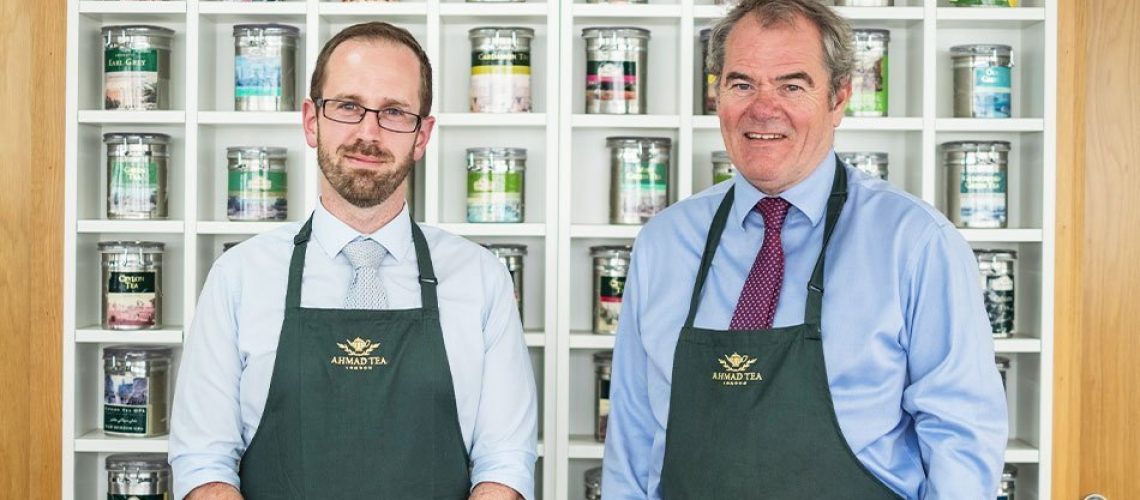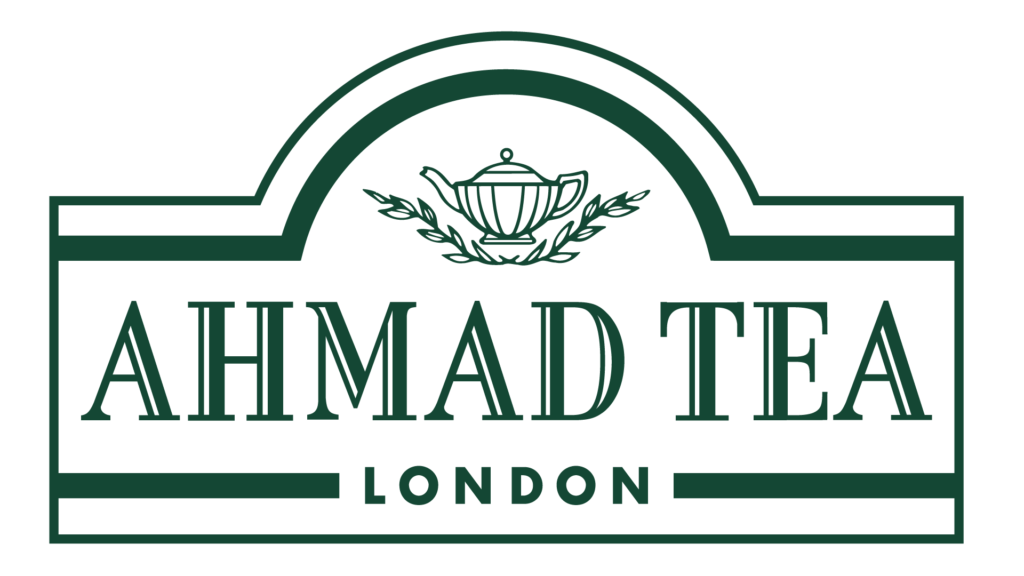Discover the Art of Tea Tasting

500 CUPS A DAY
Tea Tasting is a very sophisticated art that requires several years of training to develop the necessary skills. An Ahmad Tea Taster may have to taste as many as 500 cups of tea each day. An experienced taster will be able to easily distinguish between the flavour characteristics of each cup. If the teas are destined for blending, the Tea Taster will have to consider their potential compatibility with other teas.
TASTING TEAS FROM AROUND THE WORLD
The Tea Taster will retain a taste memory to help them examine multiple offerings of the same type of tea from different estates over the course of an entire crop year. As part of their training, they will visit tea estates across the world to see the manufacturing process from up close. When it comes to tasting and selecting tea invoices for purchase, the Tea Taster will have to have knowledge of market trends at the different tea auction centres and the precise conditions in which the teas were grown.
THE TEA TASTING SET UP
A specially designed tea tasting set is used to brew teas in a bespoke tasting room. Rows of teas, bowls and cups are neatly lined up and evenly exposed to sunlight so that the eye is not deceived when assessing colour. In a modern tea tasting room, the amount of tea weighed out for brewing is normally between 2.5g and 3g. The tea is infused in a white porcelain cup, which acts as a miniature teapot. Hot water is poured over the tea leaves in the cup, and the lid is quickly placed on top to retain the heat. The tea is then left to steep for at least five minutes, after which the tea liquor is decanted into the tasting bowl. The wet infused leaf is then put onto the underside of the lid and laid to rest upon the tea steeping cup.
SMELL, SIGHT AND TASTE
Now, the Tea Taster can apply his art. The sense of smell and sight are as essential in tasting tea as is the sense of taste. The taster will first examine the appearance of the dry leaf of the tea. The leaf appearance is an indicator of how well the tea is manufactured. The taster will check the uniformity between the leaves, amount of ‘tips’ and leaf style. The taster will then visually examine the infused leaves. A bright infusion is a sign of good manufacture.
SLURPS, NOT SIPS
The Taster now moves onto examining the liquor of the tea and will first study it carefully for its colour. Next, the taster raises a spoonful of the liquor to his lips and slurps, sucks in, the tea, rather than sipping it, to maximise the impact on his taste buds. The Taster will judge the quality of the liquor using Tea Taster’s terminology, for the clerk to log.

